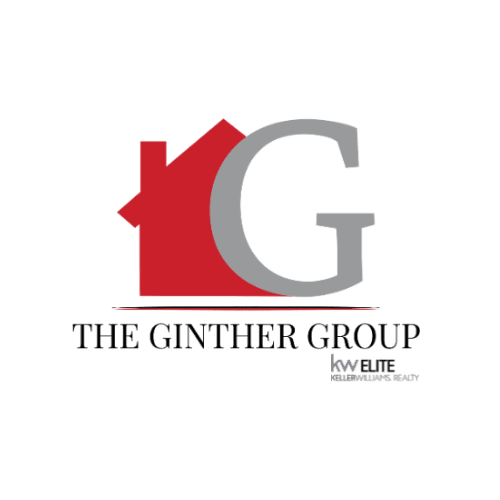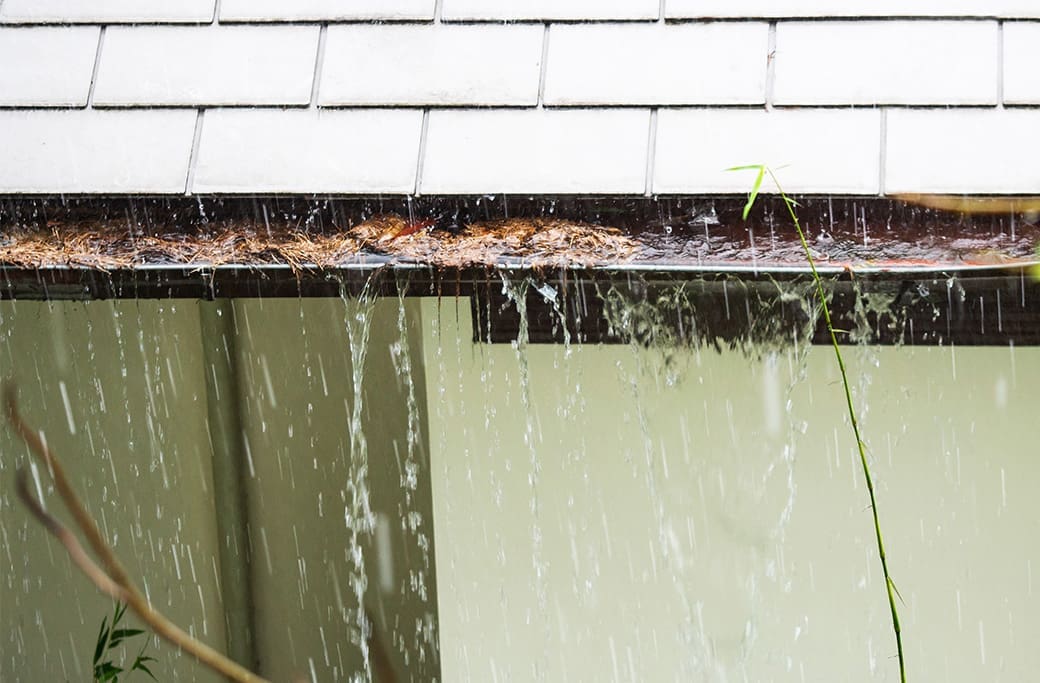
As fall arrives in North Carolina the beautiful changing leaves come with hidden dangers that can hurt your home’s value and structure. Fall in North Carolina brings cooler weather and heavy rains that test every part of your home’s water protection systems. When gutters clog with leaves and temperatures drop, what starts as a minor maintenance issue can turn into thousands of dollars in water damage repairs.
Water damage can quickly devalue a home and complicate a sale or purchase so fall prevention is fundamental for your investment. Whether you’re dealing with a roof leak, foundation seepage, or burst pipes, water intrusion is one of the biggest threats to your property’s value and your family’s comfort.
At The Ginther Group we help homeowners take proactive steps to prevent costly damage before winter storms hit. By focusing on three key areas—roof inspections, gutter maintenance, and proper drainage—you can protect your home from the seasonal challenges that often cause water damage in the fall.
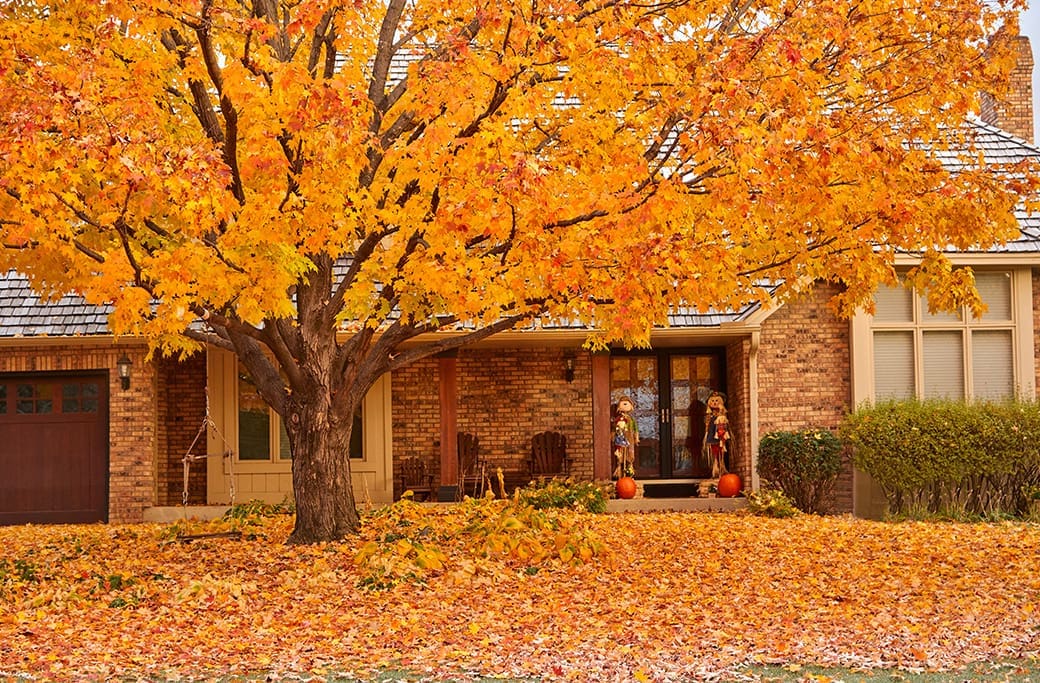
Why Fall Water Damage Prevention Matters
Fall presents unique water damage risks that homeowners often underestimate until it’s too late. Falling leaves create the perfect storm for water problems as they fill gutters and block drainage systems just as the rain increases. Temperature fluctuations between warm days and cool nights cause materials to expand and contract creating vulnerabilities in roofing, siding and foundation seals.
According to the Insurance Information Institute water damage accounts for about 23% of all homeowners insurance claims nationally with October through December showing claim rates 40% higher than summer months. This seasonal spike occurs because fall combines more precipitation with compromised home protection systems – a dangerous combination that leads to costly repairs.
November freezes present the biggest risks as rapid temperature drops can cause pipes to freeze and burst leading to catastrophic flooding. The average burst pipe repair is $5,000 to $10,000 not including secondary damage to flooring, walls and personal belongings. Emergency repairs during holiday seasons can cost even more due to limited contractor availability and rush service premiums.
The financial impact goes beyond the immediate repair costs. Homes with documented water damage history have reduced property values and are harder to sell. Real estate professionals consistently report that buyers get cold feet when inspection reports show past water intrusion even if the repairs were done professionally.
Smart homeowners know that spending $200-$500 on fall prevention measures protects against repair bills that can easily reach $10,000-$25,000 for major water damage incidents. Regular fall maintenance creates a barrier that keeps minor issues from becoming major disasters.
Fall Roof Inspections
Your roof is the first line of defense against fall’s increased rain and temperature swings. A thorough inspection should start in early September before the weather gets bad and while conditions are safe for assessment.
Start with a ground level visual inspection using binoculars to identify obvious problems without climbing onto the roof. Look for loose or missing shingles especially after summer heat damage that makes materials brittle. Curled, cracked or missing shingles expose underlayment to moisture and create entry points for water that can quickly lead to interior damage.
Pay special attention to roof valleys where two sections meet as these areas collect the most water flow and debris. Check for granules in gutters which indicate shingle deterioration and means your roof may need professional attention. Excessive granule loss means the protective coatings are wearing away leaving shingles vulnerable to water penetration.
Examine all roof penetrations including vents, skylights, and satellite dish mounts. These areas rely on proper sealing to prevent leaks and seasonal temperature changes often cause sealants to crack or pull away from surfaces. Small gaps around penetrations can channel a lot of water into your home during heavy fall rains.
Homeowners can safely perform visual inspections from ground level but walking on roofs requires professional expertise for both safety and warranty reasons. Many roofing warranties become void if unauthorized personnel access the roof surface. Professional inspections cost between $150-$400 but can extend roof life by 5-10 years by detecting problems early.
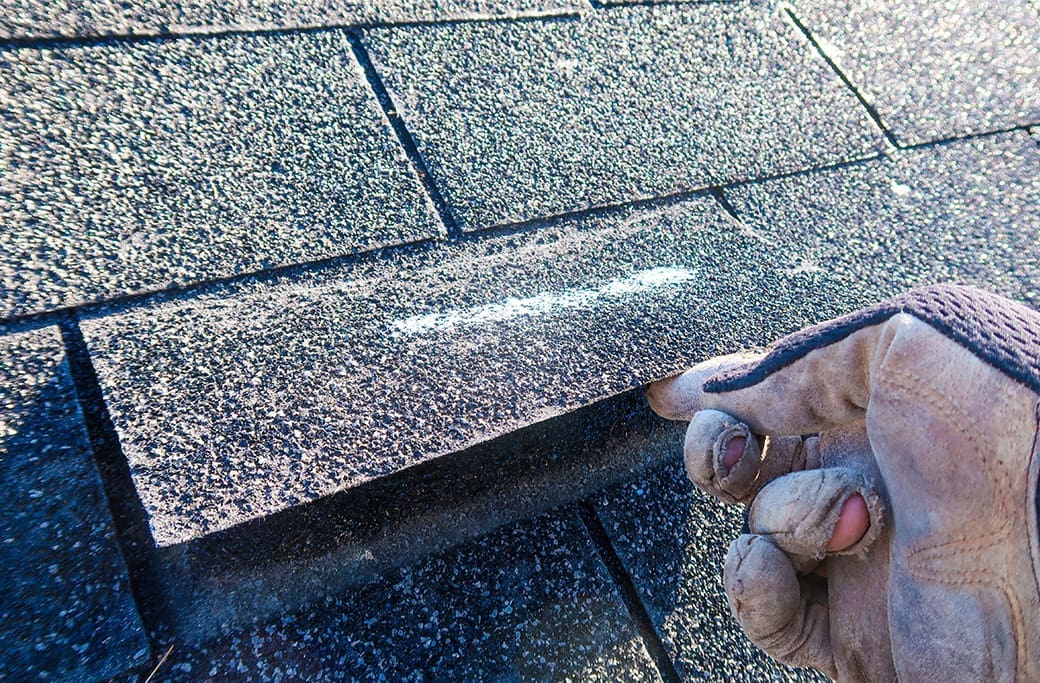
Chimney and Flashing Inspection
Chimneys need special attention during fall prep as they are complex penetrations through your roof system. Examine the chimney crown – the concrete or stone top that caps the structure – for cracks that allow water to seep into masonry. Even small crown cracks can lead to extensive interior water damage as freeze-thaw cycles expand the damage throughout winter.
Inspect metal flashing around the chimney base where it meets the roof surface. This thin material directs water away from the joint but can pull loose or develop holes over time. Look for rust spots, bent sections or areas where flashing has separated from either the roof or chimney structure.
Check mortar joints between chimney bricks for signs of deterioration. Damaged mortar allows water to penetrate masonry leading to structural problems and interior leaks. White staining on exterior chimney surfaces often means water is infiltrating and needs to be addressed immediately. Professional chimney inspections should be done every 2-3 years with annual visual checks for most homeowners. If you notice any issues during your fall inspection schedule a professional evaluation before winter weather hits. Chimney repairs become much more expensive and complicated once water damage has gone through freeze-thaw cycles.
Gutter and Downspout Maintenance
Effective gutters protect your home by capturing roof runoff and directing it safely away from the foundation. But fall’s leaf drop can quickly overwhelm even well designed gutters, creating clogs that force water to overflow and damage fascia boards, siding, and foundation walls.
Create a proactive cleaning schedule that anticipates autumn leaf patterns rather than reacting to problems after they occur. Clean gutters twice in October as the initial leaf drop begins and then again in late November after most trees have dropped their leaves. Additional cleaning may be needed after big storms that deposit unusual amounts of debris.
Safety equipment is essential for gutter maintenance. Use a sturdy ladder on level ground, wear non-slip shoes, and have someone spot you during cleaning. Essential tools include heavy work gloves, a gutter scoop or small garden trowel, and a garden hose to test water flow after debris removal.
Start cleaning at downspouts and work towards the center of each gutter run. Remove large debris by hand then use your scoop to clear remaining leaves and sediment. After cleaning test each section with your garden hose to ensure proper water flow and identify any remaining clogs in downspouts.
Inspect gutters during cleaning for signs of damage including rust spots, holes, or loose hangers. Small holes can be patched with gutter sealant but extensive damage requires professional replacement. Well maintained gutters should have a slight slope towards downspouts to encourage drainage.
Consider installing gutter guards to reduce debris accumulation by 60% and decrease cleaning frequency. Quality guards cost $3-$8 per linear foot but can reduce cleaning from twice a year to every 2-3 years and lower long term maintenance costs by 50% over 10 years.
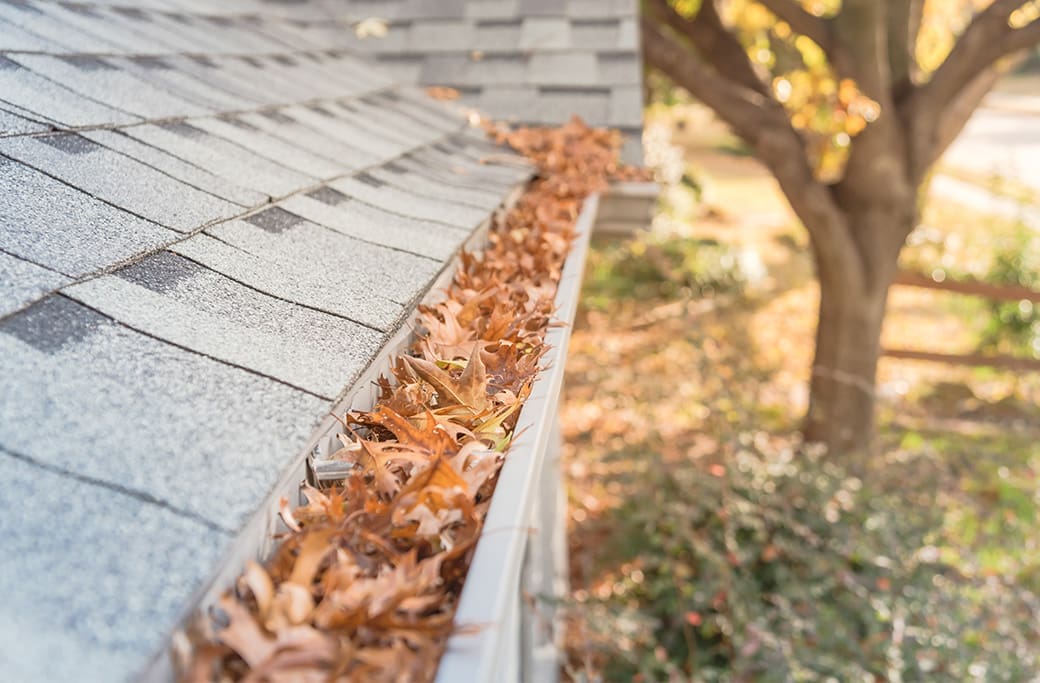
Downspout Extensions and Drainage
Downspout positioning is essential for foundation protection as water must discharge far enough from your home to prevent pooling and seepage. Downspouts should discharge 6-10 feet from the foundation with some experts recommending even greater distances for homes with basement or crawl space moisture issues. Install splash blocks at each downspout outlet to prevent soil erosion and ensure water flows away from the structure not towards the foundation. Flexible extensions are good for temporary seasonal use while buried drainage systems are permanent solutions that don’t interfere with lawn maintenance.
Test downspout drainage by running water through gutters with your garden hose during fall cleaning. Water should flow quickly through downspouts without backing up or overflowing. Slow drainage means clogs in the vertical downspout section or at underground connections.
Inspect underground drainage systems annually if your home has French drains or other buried water management systems. These systems can get clogged with roots, sediment, or debris reducing their effectiveness when fall rains hit. Professional drain cleaning services can get them working again before the critical autumn season.
For homes on sloped lots consider installing additional drainage features like dry wells or rain gardens to manage excess water flow. These landscape solutions can prevent erosion while providing attractive alternatives to traditional drainage systems.
Drainage Around Your Home
Foundation drainage is the last line of defense against water intrusion so proper grading is essential for home protection. The ground around your foundation should slope away from the house at a minimum of 1 inch per foot for the first 6 feet to create positive drainage that prevents water from collecting near basement or crawl space walls.
Walk around your home’s perimeter to identify low spots where water will collect during heavy fall rains. These areas often develop near air conditioning units, deck attachments or where landscape features have altered the original grading. Mark these spots for correction before autumn storms hit.
Correct minor grading issues by adding soil to create proper slope using clay rich dirt that sheds water well. Avoid organic materials like compost or topsoil next to foundations as these retain moisture and can allow water to penetrate. Create a 6 inch buffer zone around the foundation using gravel or properly graded soil.
Inspect landscaping for features that redirect water towards your home rather than away from it. Flower beds, retaining walls and decorative borders can create dams that trap water against foundation walls. Modify these features to include drainage outlets or redesign them to work with your home’s water management systems.
Install window well covers if you have basement windows below ground level. These covers prevent autumn leaves and debris from accumulating in window wells while keeping rainwater from collecting against glass surfaces. Uncovered window wells become water collection points that lead to basement leaks. Address irrigation systems that contribute to foundation moisture issues. Sprinkler systems should direct water away from the house not towards foundation walls. Adjust spray patterns and timing to work with natural drainage not against it during fall’s increased rainfall.
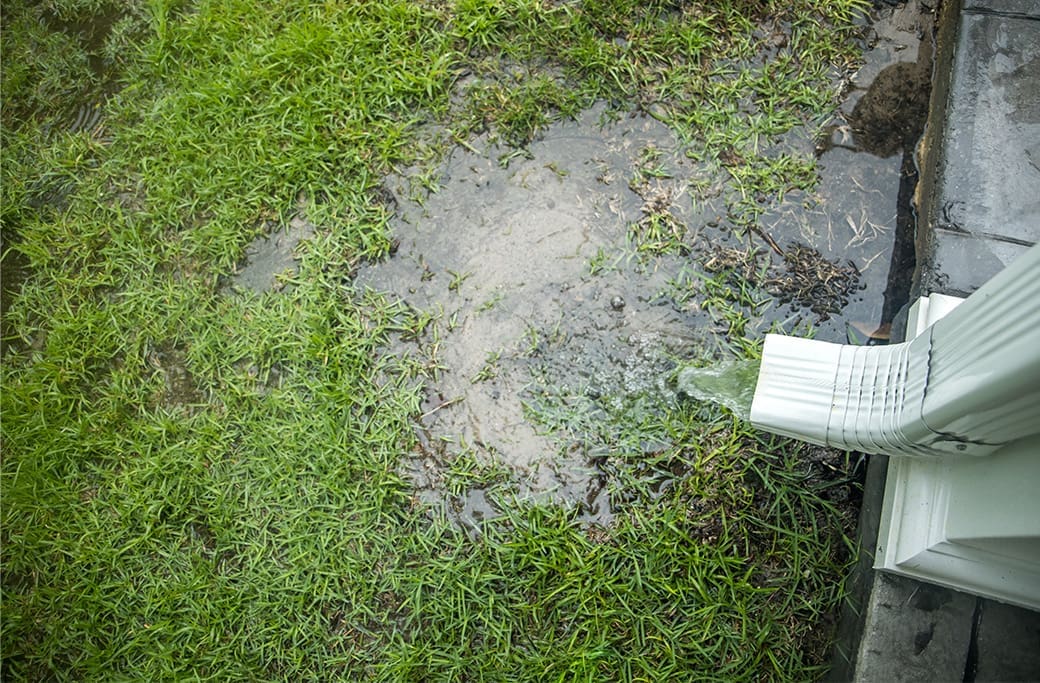
Preparing Plumbing Systems for Cold Weather
Cold weather preparation protects your plumbing system from freeze damage that can cause pipes to burst and extensive water loss in your home. Start winterization by early November before temperatures drop below 32°F for extended periods which usually happens by late November in most North Carolina areas.
Focus first on pipes in unheated areas like crawl spaces, garages, and exterior walls. Insulate exposed pipes with foam pipe insulation or heat tape paying special attention to areas where pipes run through unheated spaces. Even brief exposure to freezing temperatures can cause pipes to burst resulting in catastrophic water damage.
Drain outdoor water lines completely before the first freeze warning. Shut off water supply to outdoor faucets at interior shut off valves then open exterior valves to allow remaining water to drain out. Water left in outdoor lines will freeze and expand often cracking pipes or faucets that require expensive spring repairs.
Set your home’s minimum temperature to 55°F when away during cold weather even for short trips. This temperature prevents freezing in most cases while avoiding excessive energy costs. Never turn off heat completely during winter months as the cost of burst pipe repairs far exceeds heating expenses.
During extremely cold nights open cabinet doors under sinks to allow warm air to circulate around pipes. This simple step prevents freezing in areas where pipes run through exterior walls or unheated spaces. Let faucets drip slightly during extreme cold as moving water resists freezing better than static water in supply lines.
Know the location of your main water supply shut off valve and make sure all household members know how to turn it off quickly. In emergency situations stopping water flow immediately can prevent thousands of dollars in damage from a burst pipe or failed plumbing fixture.
Appliance Winterization
Water heaters need special attention during fall preparation as increased usage during colder months can reveal problems that developed during summer. Test the temperature and pressure relief valve annually by lifting the lever and allowing a small amount of water to discharge. If the valve doesn’t operate smoothly or continues to drip after testing it needs to be replaced to prevent tank failure.
Check washing machine hoses for signs of wear including cracks, bulges, or frayed areas near connections. Replace supply lines every 5 years regardless of visible condition as internal deterioration often occurs before external signs appear. Burst washing machine hoses cause some of the most extensive water damage incidents in homes often flooding multiple rooms when homeowners are away.
Test your sump pump before winter storm season by pouring water into the sump pit until the pump activates. The system should turn on automatically and discharge water through the outlet pipe efficiently. Clean debris from the pit and make sure the outlet pipe directs water away from your foundation. Consider installing a battery backup system for power outage protection during severe weather.
Check other plumbing fixtures throughout your home including toilets, dishwashers, and refrigerator ice makers. Look for small leaks, loose connections, or signs of moisture around supply lines. Address minor issues before cold weather hits as freezing temperatures can turn small problems into major repairs.
Service your HVAC system before winter heating season starts including inspection of condensate drains that can freeze and cause water backup. Blocked condensate lines often cause water damage to ceilings, walls, and flooring near heating and cooling equipment.
Indoor Leak Prevention Strategies
Indoor leak prevention focuses on appliance maintenance and early detection systems that catch problems before they become catastrophic. Holiday cooking and entertaining increases appliance usage in the fall, making it the perfect time to inspect and service water-using equipment throughout your home.
Create an inspection checklist for all individual appliances including dishwashers, washing machine, and water heaters. Look for visible damage around connections, damp spots near appliances, and signs of corrosion on supply lines. Many homeowners overlook gradual deterioration until sudden failure causes major flooding.
Replace appliance hoses showing any signs of wear, even if they haven’t reached recommended replacement intervals. Modern braided stainless steel hoses are more durable than rubber hoses and provide better protection against burst failures. The cost of preventive replacement is a small price to pay for avoiding expensive cleanup and repair bills.
Check caulking around bathtubs, showers, and windows for gaps that allow moisture to enter wall cavities. Remove old, cracked caulk completely and apply fresh sealant using proper techniques to ensure a waterproof barrier. Poor caulking allows water to penetrate walls leading to hidden mold growth and structural damage.
Run appliances only when someone is home during fall and winter months when possible. This allows immediate response to leaks or malfunctions before extensive damage occurs. Consider installing appliance shut-off valves that automatically shut off water flow when appliances aren’t operating.
Keep your water pressure in check by monitoring your water pressure gauge regularly. Excessive pressure stresses pipes and connections and increases the likelihood of failures. Install a pressure reducing valve if your system is above 80 psi to protect against pressure related leaks.
Smart Technology for Early Detection
Smart leak detectors monitor 24/7 and can prevent minor leaks from becoming major disasters. Place sensors in key areas including basements near water heaters, under sinks, around washing machines, and near other plumbing fixtures where leaks occur.
Smart leak detectors connect to your home’s Wi-Fi network and send immediate alerts to your phone when moisture is detected. This allows you to respond quickly even when you’re away from home and potentially save thousands of dollars in damage by shutting off water supply and addressing the source.
Choose sensors with replaceable batteries and set calendar reminders for annual battery replacement. Dead batteries render even the best detection systems useless so proactive maintenance ensures reliable protection. Some systems send low battery alerts to your phone for easy monitoring.
Smart water shutoff valves are the ultimate protection by shutting off water flow when leak sensors trigger alerts. These systems cost $500-$1,500 but can prevent catastrophic damage from major leaks or burst pipes. Installation requires professional plumbing services but provides whole-house protection.
Consider integrating with your existing home security system for comprehensive monitoring. Many security companies now offer water damage monitoring as part of their service packages and provide professional monitoring and emergency response coordination when leaks are detected.
Advanced systems include flow monitoring that detects unusual water usage patterns indicating potential leaks. These systems learn your family’s normal water consumption and alert you to suspicious usage that might indicate hidden leaks in walls or underground supply lines.
Emergency Preparedness
Emergency preparedness ensures you can respond quickly and effectively when water damage incidents occur despite preventive measures. Every household member should know the location of the main water shutoff valve and how to operate it in an emergency.
Label your main water supply shutoff valve clearly and make sure it operates smoothly. Test the valve annually by turning it off and on to prevent corrosion that could make it difficult to operate in an emergency. Consider installing a quarter-turn ball valve if your current shutoff requires multiple turns to close.
Create an emergency contact list including trusted plumbers, water damage restoration companies and your insurance agent’s 24-hour claim reporting number. Store this information in multiple locations including your phone, near the main shutoff valve, and with other important household documents.Keep basic tools on hand for emergency repairs including adjustable wrenches, pipe tape, flashlights with fresh batteries, and temporary repair materials. These won’t fix major problems but can minimize damage until help arrives.
Document your home with photos and receipts for insurance purposes. Take pictures of all major appliances, plumbing fixtures, and areas where water damage may occur. Store documentation in cloud storage or off-site locations where it’s accessible after damage.
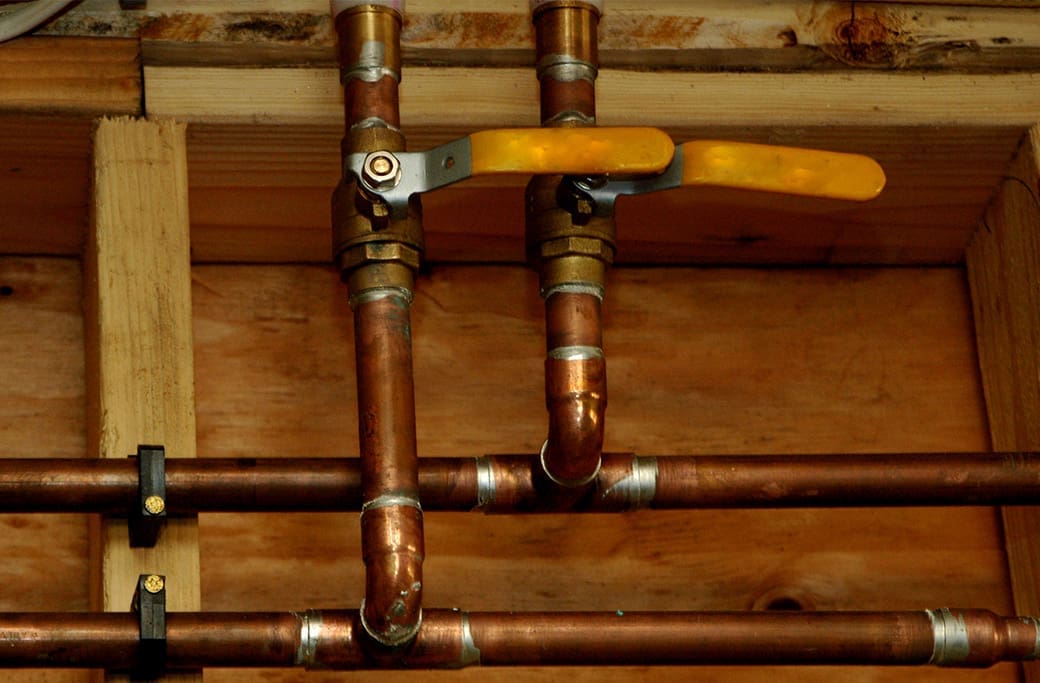
Why Preventing Water Damage Matters in Real Estate
For sellers, water damage reduces property value and can scare off buyers during inspections. Even professionally repaired water damage raises questions about hidden problems and makes buyers hesitant to move forward. Disclosure requirements mean sellers must disclose past water damage and that can impact negotiation and final sale price.
For buyers, hidden water issues means unexpected repair costs after closing that weren’t apparent during inspections. Proper water damage prevention shows current owners have taken care of the property and gives confidence in the overall condition and future reliability of home systems.
The Ginther Group advantage is in guiding buyers and sellers through identifying potential issues and connecting with home inspectors who know the regional water damage risks. Our experience with North Carolina properties helps clients spot red flags and make informed decisions about water damage prevention and repair.
Professional real estate guidance is vital when water damage history impacts property transactions. Knowing how to present repairs, documentation, and prevention measures can make the difference between a smooth sale and a difficult negotiation that delays or prevents closing.
Prevent Fall Water Damage: Essential Home Protection Guide
Fall water damage protection requires attention to three areas: roof inspections, gutter cleaning, and proper drainage around your foundation. Each piece works together to create a total defense system that prevents costly repairs and protects your property value throughout the fall season.
The key is to act before fall rains hit rather than after problems develop. September roof inspections, October gutter cleaning, and November winterization creates a timeline that anticipates the season’s challenges and prevents minor issues from becoming major problems.
Whether buying, selling or just maintaining your home, The Ginther Group is here to guide you through it all. Contact us today to get your home ready for the season and beyond, so your property investment is protected through every season.
